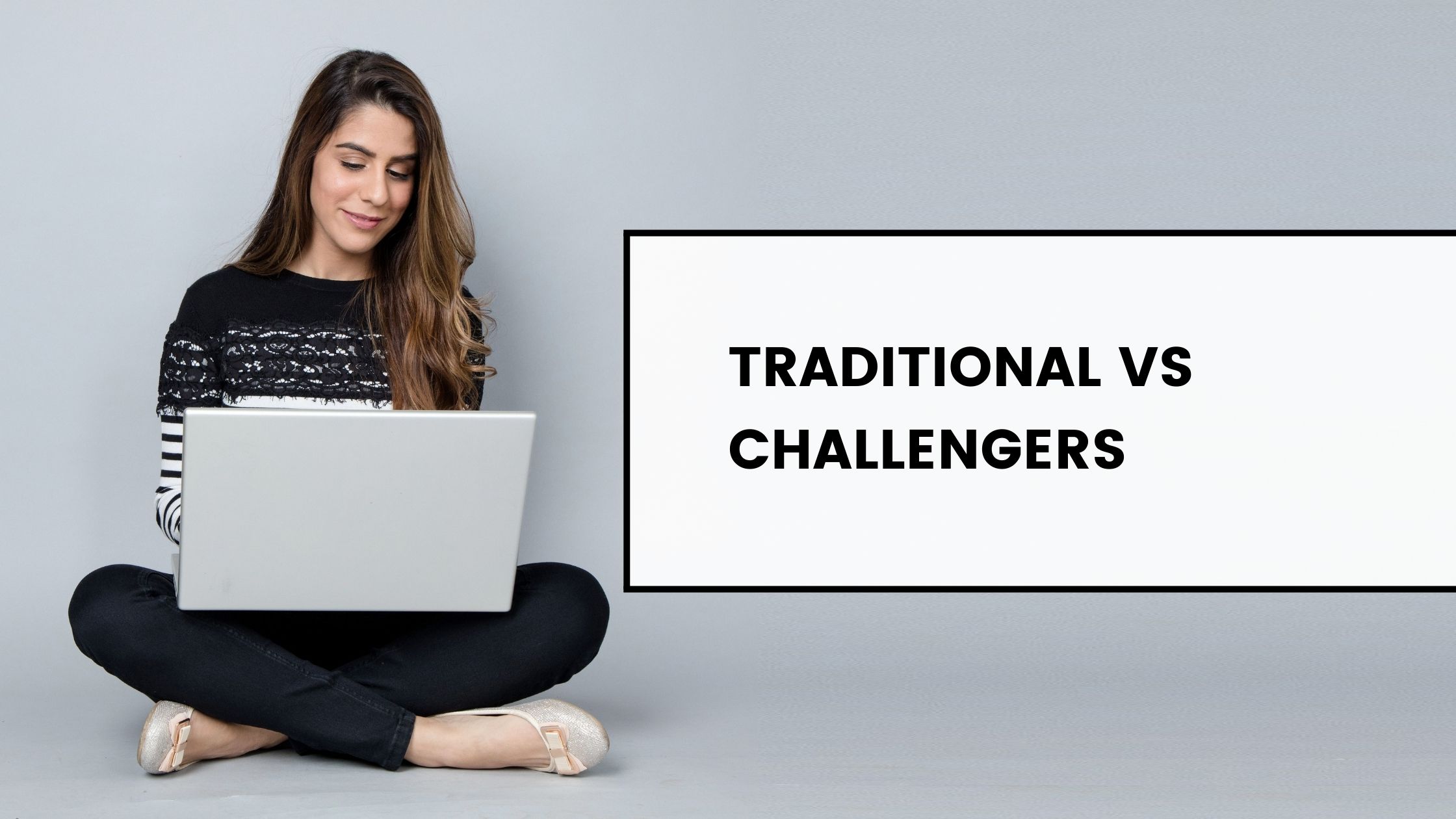Krasnov also claims that more than 50% of Filipinos with bank accounts are dissatisfied with existing services. Neobanks have a huge potential of stealing those banked customers.
That’s why incumbents have no choice but to defend their turf. International bank groups CIMB of Malaysia and ING of the Netherlands were the first to launch digital banks in the Philippines. Filipino bank EastWest Bank followed suit, introducing its digital banking subsidiary, Komo, just last May. Other traditional banks have been doubling down on their online banking operations.
Get free prime trial
However, Krasnov insists that unlike digital banks that may still be dependent on their parent firms, neobanks are not held back by old ways of doing business. They are more agile and consumer-first. Krasnov has previously forecast tonik to have a multibillion-dollar balance sheet in the next four to five years, and be profitable by 2022.
The Philippines has no digital banking regulatory framework yet, but the central bank, Bangko Sentral ng Pilipinas (BSP), has instituted a sandbox: companies can ride on existing bank licences to pilot new products and services, while the BSP sets certain parameters or safeguards before the players can fully market. CIMB and ING hold universal and commercial banking licences in the Philippines, respectively, while tonik obtained a rural banking licence. Whatever happens in the sandbox will then form the basis for the digital bank licensing regime.
With more than 100 million people, the Philippines has maintained a progressive regulatory approach towards financial inclusion, with the subsequent goal of substantially reducing cash-based transactions.
The challenge for both neo and digital banks lies in capturing the unbanked, especially in rural areas. Covid-19 has generally made consumers more receptive to online services, but how fast they become comfortable transacting on their own ultimately depends on several factors. Such as the level of trust in online services and how reliable the infrastructure, like internet speed, is. That said, tonik isn’t particularly targeting the rural unbanked for now.
And while neo and digital banks tout the benefits of having no physical outlets, to acquire and serve the unbanked, they will have to rely on brick-and-mortar partners.
Traditional vs challengers

With mobile bank apps, customers can open a bank account in a few minutes. Apart from carrying out transactions through their smartphone at any time, customers also enjoy better perks. Since bank apps have a much lower cost structure than those with a physical network, they can offer better fees and rates.
CIMB alone offers an interest rate of 4% per annum for a minimum Php100,000 (US$2,000) in savings—that’s versus the 1-2% offered by traditional banks. There’s also free Php2 million (US$40,000) insurance benefit, a debit card that can be used at more than 25,000 ATMs nationwide for free, and a 10-minute approval response for personal loans up to Php1 million.
Krasnov refused to divulge tonik’s exact plans, except to say that it will have a range of products—including transactional accounts with debit cards (it has partnered with Mastercard), savings and term deposits, and loans. Immediately after the launch, tonik will also offer a pre-approved credit limit to customers.